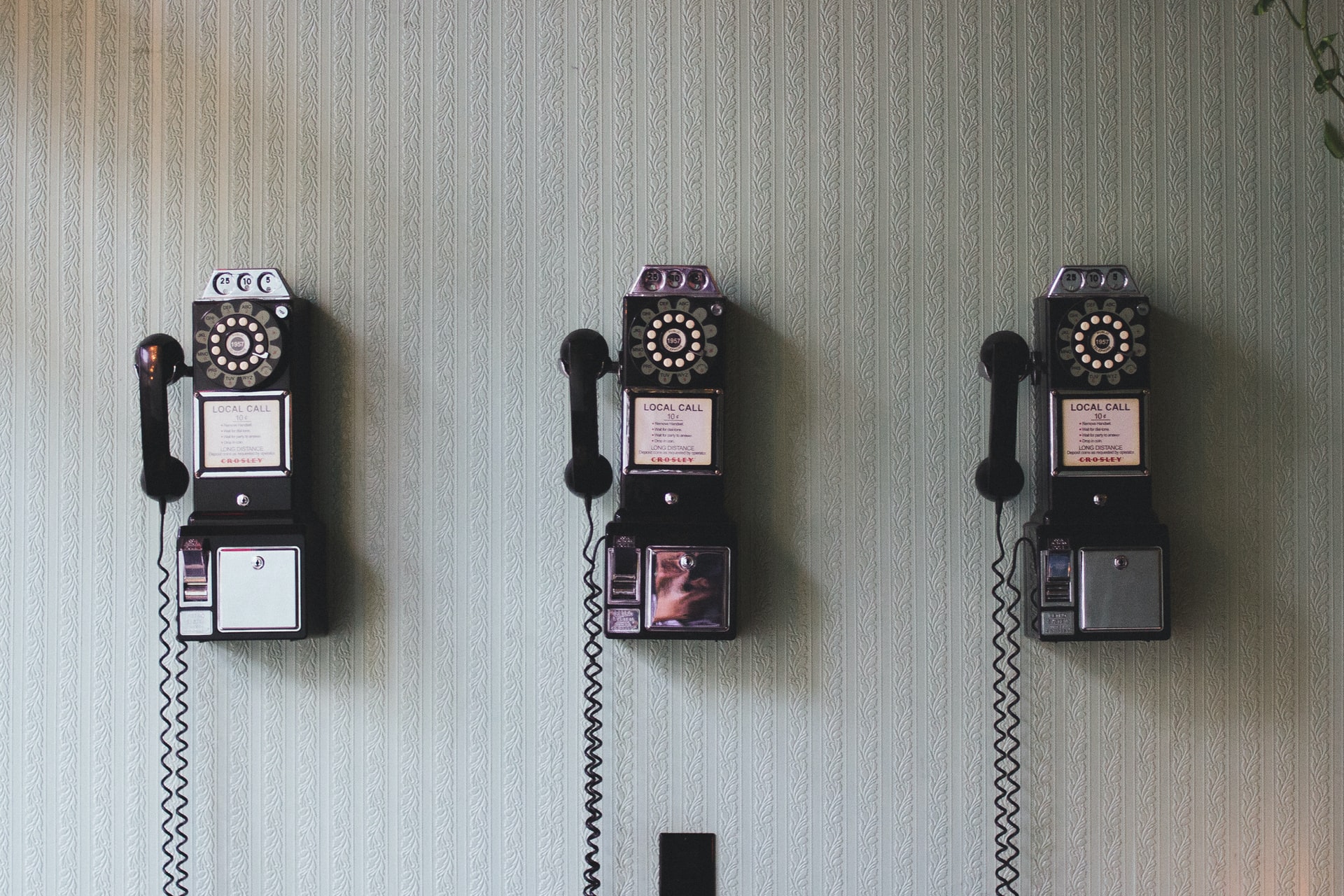In many L2 classrooms, talking is meant to approximate real conversation, involving personal information (“How are you doing?” “How was the weekend?”), opinions (“Did you like ...?”), creativity and personal perspectives. At its best, it helps remote students feel that they are “together” as a group, and is a vital ingredient in the alchemy that renders the technology connecting them transparent.
These ideas for synchronous interaction — inside and outside the classroom — are collected from across Princeton's language departments:
In class:
With the instructor:
- pre-class chat time with open-ended topics (with Zoom accessible before the class officially begins)
- personal questions to students during Zoom Breakout Room sessions
- whole-class tasks that elicit (appropriate) personal information or opinions
With other students:
- activities that call for a chain of questions from student to student
- content-related discussion, either “free-form” or structured in some way, e.g., requiring that students address previously made comments
- open-ended conversation in pairs (Zoom Breakout Rooms)
- assigned questions in pairs (Zoom Breakout Rooms)
- information-gap tasks in pairs (Zoom Breakout Rooms)

Outside of class:
With the instructor:
- tutoring: answering students’ questions, and providing opportunities for L2 practice
- open-ended conversation
- directed conversation on a course-related topic: “What was your reaction to …?”
- email / Chat (in the L2), back and forth in real time, on the same topics one could bring up in a Zoom meeting
With other students:
- open discussion of course-related topics, following the syllabus
- discussion questions focusing on a text / film / YouTube video
- taking sides in a debate on a syllabus-related topic
- engaging in an information-gap activity (puzzle / fill-in-the-blank / etc.) with information provided previously by the instructor
- taking each other on “virtual tours” of their current locale
- study sessions, reviewing material for quizzes or tests
- OR: group conversations using an app such as Spatial Chat, which allows groups of students using personal avatars to move in and out of conversations with each other in a virtual space.
